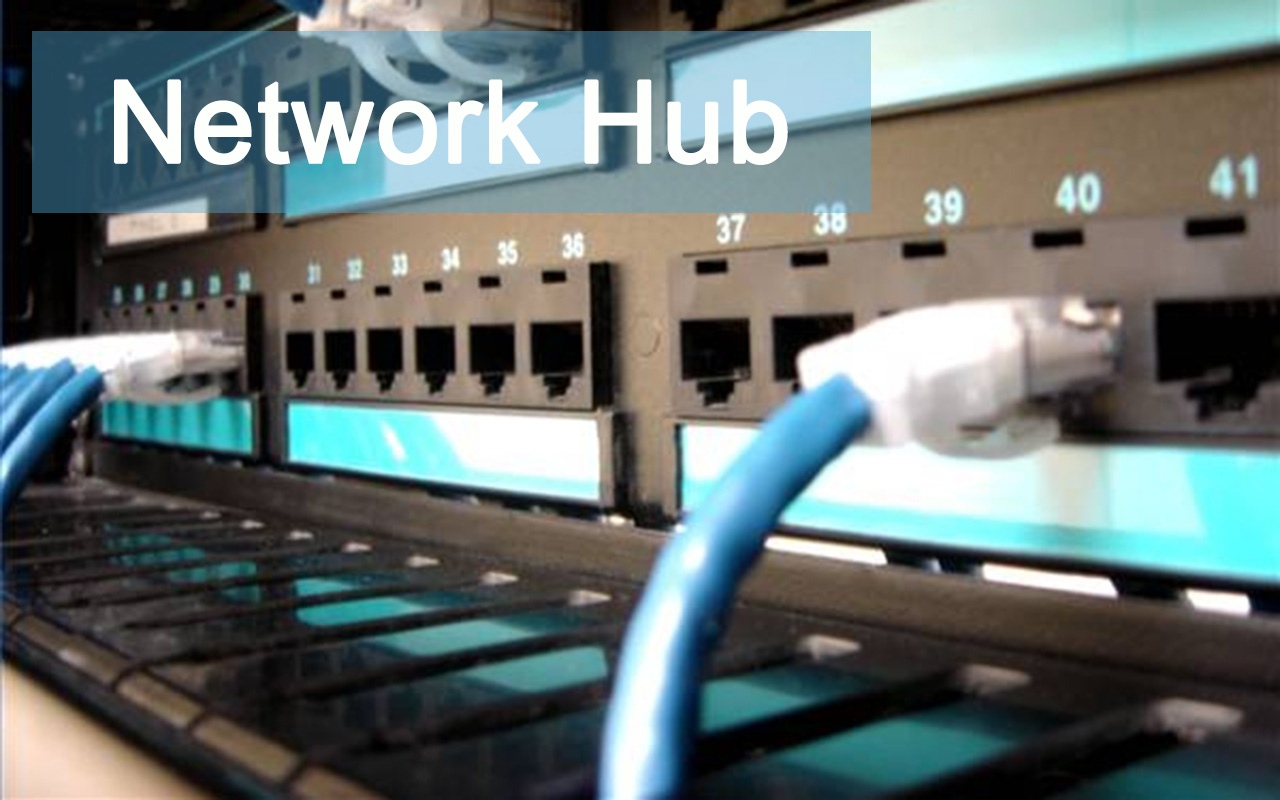
Introducing hub def, a comprehensive exploration into the realm of hubs. From their fundamental concept to their diverse applications, this article delves into the multifaceted nature of hubs, providing a clear understanding of their functions, characteristics, and real-world uses.
Hubs, as we shall discover, serve as central connecting points, facilitating communication and data transfer across networks. Their versatility extends to various domains, including networking, transportation, and even social interactions. As we delve deeper, we will uncover the intricacies of hub design, implementation, and troubleshooting, empowering you with the knowledge to harness the full potential of hubs.
Hub Definition

A hub is a network device that connects multiple devices on a single network segment, allowing them to communicate with each other. It acts as a central point of connection, facilitating data transmission between devices.
Types of hubs include:
- Passive hubs: These hubs simply relay data signals without any amplification or regeneration.
- Active hubs: These hubs amplify and regenerate data signals, ensuring reliable transmission over longer distances.
- Intelligent hubs: These hubs offer additional features such as traffic monitoring, error detection, and port management.
Hub Characteristics, Hub def
Key characteristics of hubs include:
- Simple and inexpensive
- Plug-and-play functionality
- Supports multiple devices
- Limited bandwidth capacity
- No collision detection or error correction
Common hub configurations include:
- Star topology: Hub is at the center, with devices connected to it.
- Bus topology: Devices are connected to a single cable, with the hub at one end.
Hub Applications
Hubs are used in various applications, such as:
- Small office or home networks (SOHO)
- Temporary or ad-hoc networks
- Connecting legacy devices to newer networks
Benefits of using hubs include:
- Low cost and easy to install
- Supports multiple devices
- Plug-and-play functionality
Limitations of using hubs include:
- Limited bandwidth capacity
- No collision detection or error correction
- Can create network congestion in high-traffic environments
Hub Design
Hub design considerations include:
- Number of ports required
- Data transmission speed
- Power requirements
- Additional features (e.g., traffic monitoring, port management)
Hub components and architecture:
- Ports: Physical connectors for connecting devices
- Backplane: Internal circuitry that connects the ports
- Power supply: Provides power to the hub
Hub Implementation
Hub implementation involves:
- Selecting an appropriate hub based on requirements
- Installing the hub in a central location
- Connecting devices to the hub
- Configuring the hub (if necessary)
Best practices for hub maintenance and troubleshooting:
- Regularly check for firmware updates
- Monitor traffic and identify potential issues
- Troubleshoot connectivity problems by isolating devices
Final Review

In conclusion, hub def offers a comprehensive understanding of hubs, their applications, and their significance in various fields. By exploring the core concepts, characteristics, and implementation strategies, we have gained valuable insights into the multifaceted world of hubs. Whether you are a network administrator, a system designer, or simply curious about the underlying infrastructure of our digital and physical connections, this article has provided you with the essential knowledge to navigate the world of hubs with confidence.
Key Questions Answered
What is the primary function of a hub?
Hubs act as central connecting points, facilitating the exchange of data and communication signals between multiple devices or networks.
What are some common applications of hubs?
Hubs find applications in networking, transportation, and social interactions, serving as central points for data transfer, traffic management, and community engagement.
What are the key characteristics of hubs?
Hubs are typically characterized by their ability to connect multiple devices, their simplicity of design, and their cost-effectiveness.